Swarms Epoch: 1
date
Jul 20, 2023
slug
swarms-epoch1
status
Published
tags
Agora
summary
Swarms has been around for just two weeks and it’s already making waves. We’re talking 140 stars, 12,000 downloads, and three child projects. One of these, The Compiler, is a renegade that takes a set of instructions for an app and builds it from scratch. Another, SwarmLogic, manages your entire app end to end, all in plain English.
type
Post
.jpeg%3Ftable%3Dblock%26id%3Da8999931-eebe-4bb1-bf52-3fd0323c0c6c%26spaceId%3D31cad974-dc7f-4931-8e42-b5c7ccef21a1%26expirationTimestamp%3D1748808000000%26signature%3DE4nZlEHgV0g_mglmq0J4jKWrfTEijuspgcGQDxq-MmA?table=block&id=a8999931-eebe-4bb1-bf52-3fd0323c0c6c&cache=v2)
Swarms Epoch: 1 [E1]
Swarms has been around for just two weeks and it’s already making waves. We’re talking 140 stars, 12,000 downloads, and three child projects. One of these, The Compiler, is a renegade that takes a set of instructions for an app and builds it from scratch. Another, SwarmLogic, manages your entire app end to end, all in plain English.
But what’s the magic behind Swarms? How do these individual agents, each with their own tasks, come together to form a cohesive whole? Let’s dive into the guts of Swarms.
Swarms Github:
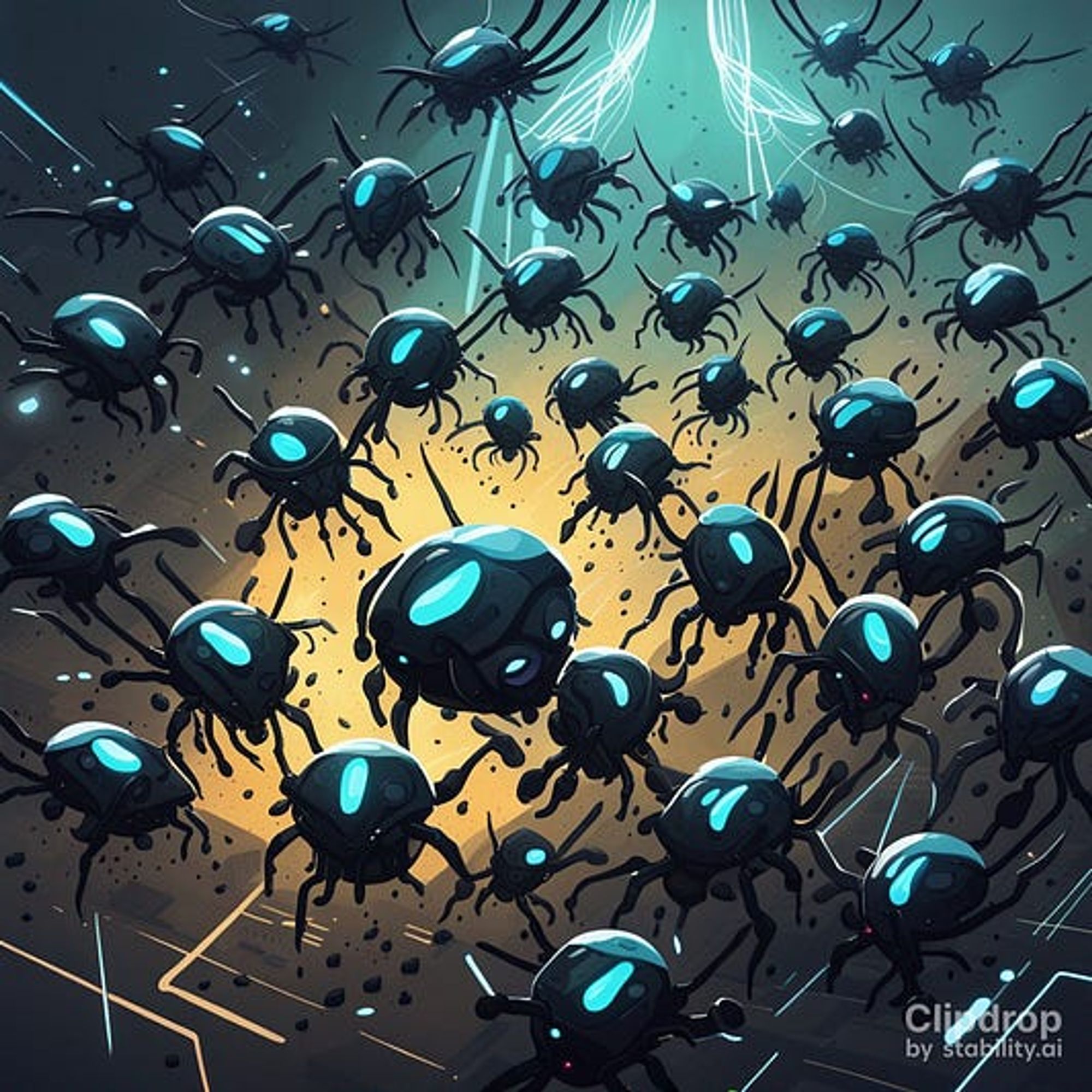
GitHub - kyegomez/swarms: Automating all digital activities with millions of autonomous AI AgentsAutomating all digital activities with millions of autonomous AI Agents - GitHub - kyegomez/swarms: Automating all…github.com
The Compiler:
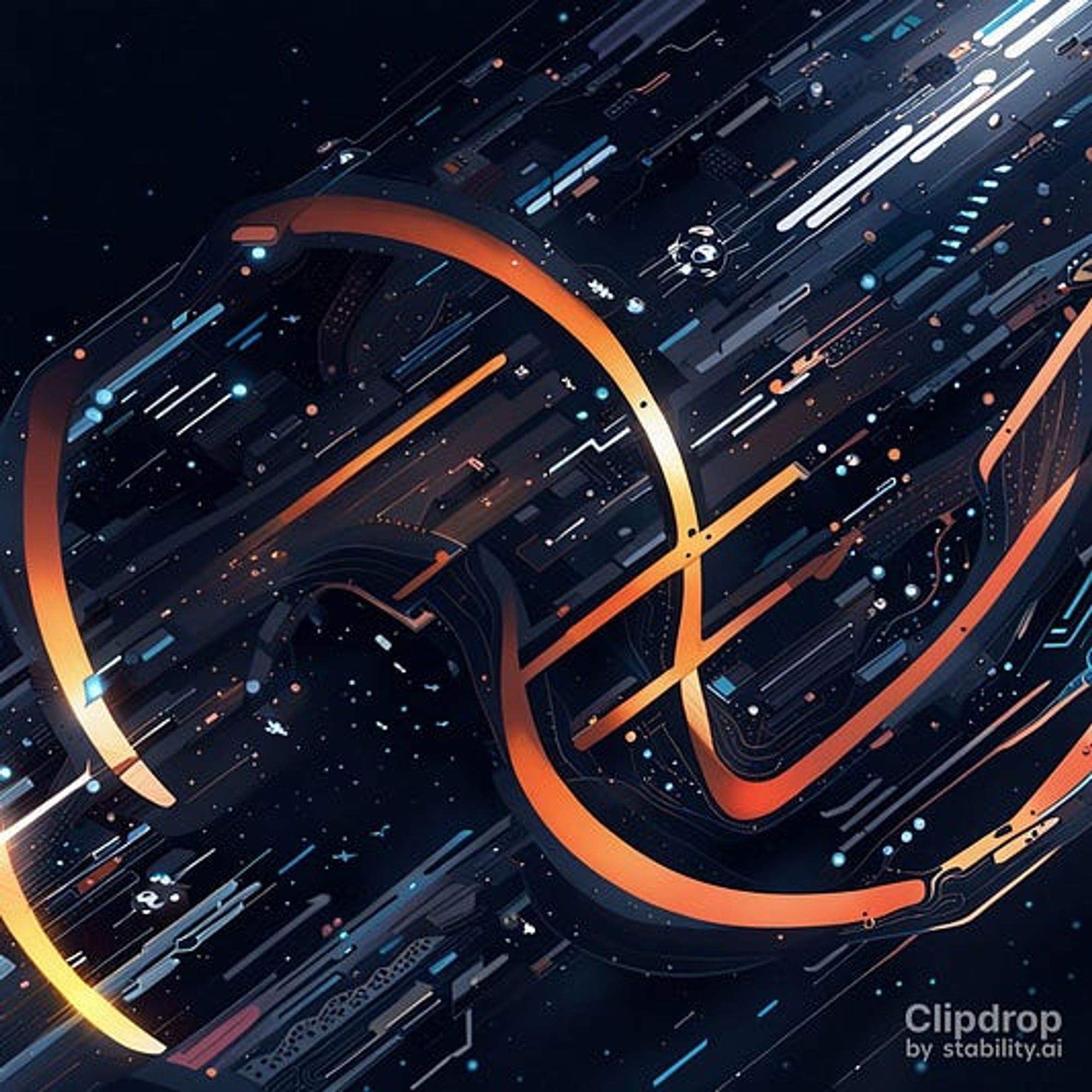
GitHub - kyegomez/the-compiler: Seed, Code, Harvest: Grow Your Own App with Tree of Thoughts!Seed, Code, Harvest: Grow Your Own App with Tree of Thoughts! - GitHub - kyegomez/the-compiler: Seed, Code, Harvest…github.com
SwarmLogic:
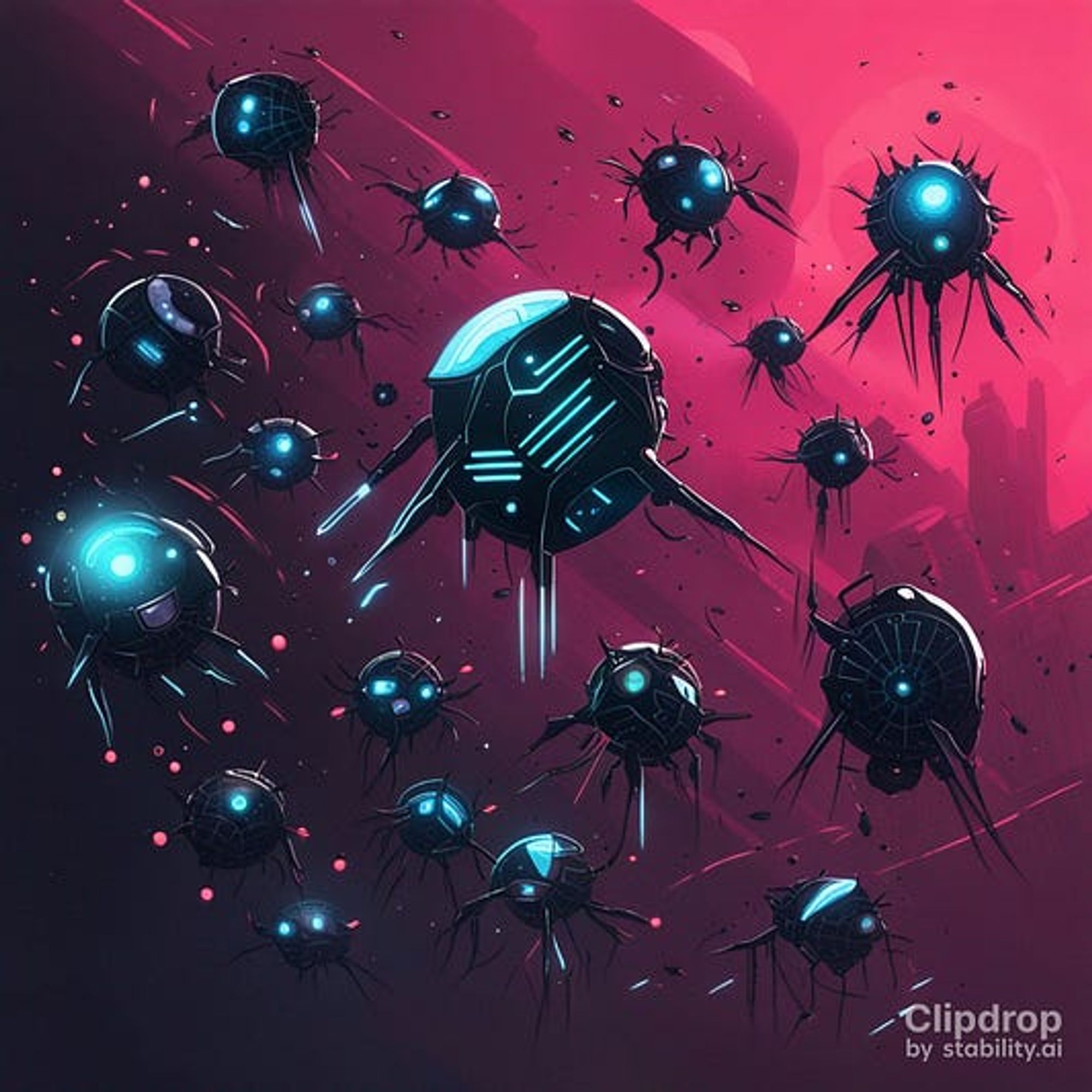
GitHub - kyegomez/SwarmLogic: Layout an app idea and swarms of autonomous agents will build out the…Layout an app idea and swarms of autonomous agents will build out the backend logic for you! - GitHub …github.com
To get started with swarms to automate thousands of tasks follow the instructions below:
pip install swarmsfrom swarms.swarms import Swarms
# Retrieve your API key from the environment or replace with your actual key
api_key = "sksdsds"
# Initialize Swarms with your API key
swarm = Swarms(openai_api_key=api_key)
# Define an objective
objective = """
Develop and serve a simple community web service.
People can signup, login, post, comment.
Post and comment should be visible at once.
I want it to have neumorphism-style.
The ports you can use are 4500 and 6500.
"""
# Run Swarms
swarm.run_swarms(objective)The Hierarchy of Swarms
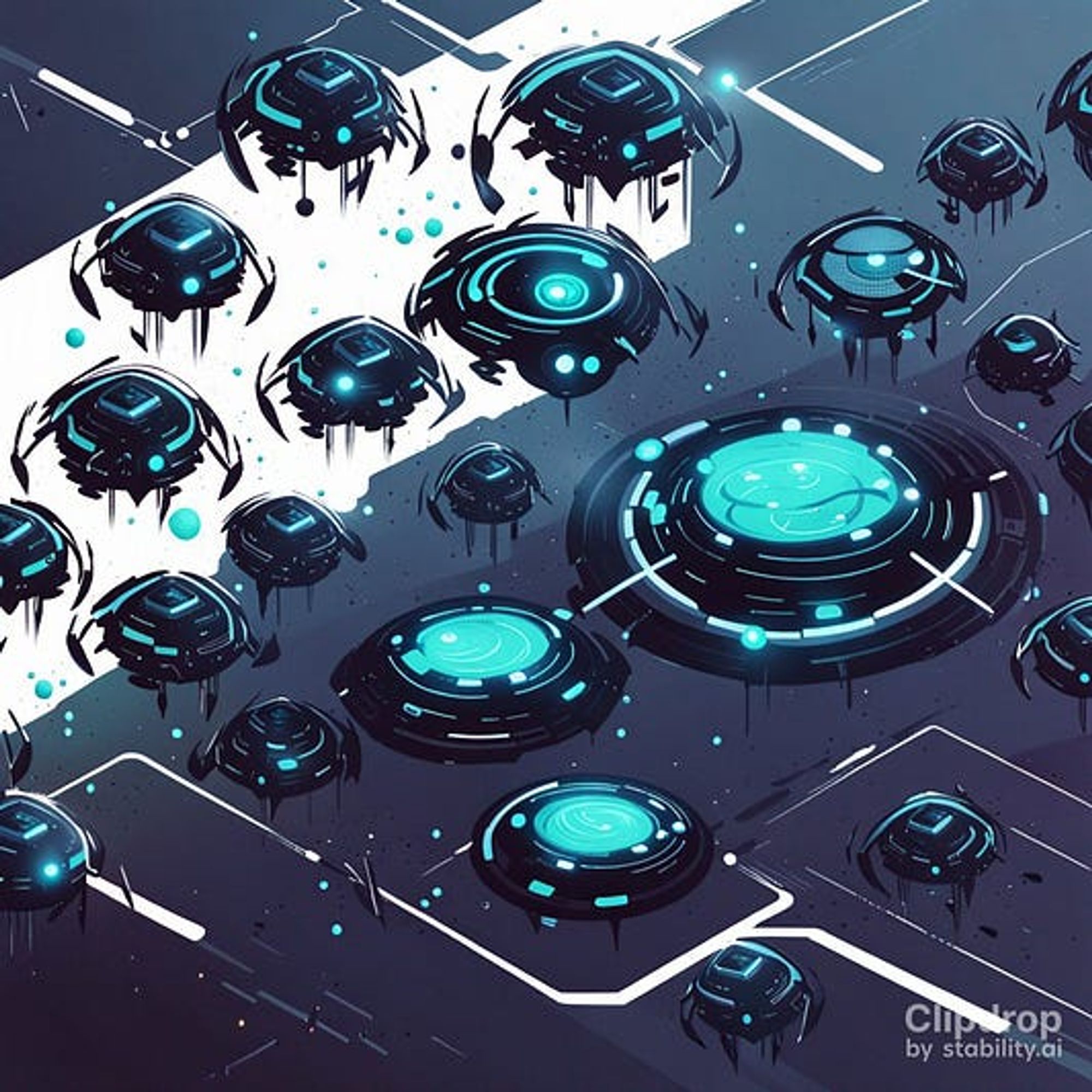
In Swarms, there’s a boss agent.
This boss can spawn a worker agent when it decides it needs to delegate and execute tasks to complete an objective.
Then the worker agent can also create more worker worker agents with more tools and capabilities. And, those worker workers can create worker worker worker agents. It’s like a human organization where there are bosses and workers and more workers for those workers.
For now, this is the main Swarm class we have on Swarms, but we’re planning to make a flat-non hierarchical swarm of just worker nodes and other various interesting Swarming architectures
Swarming Architectures
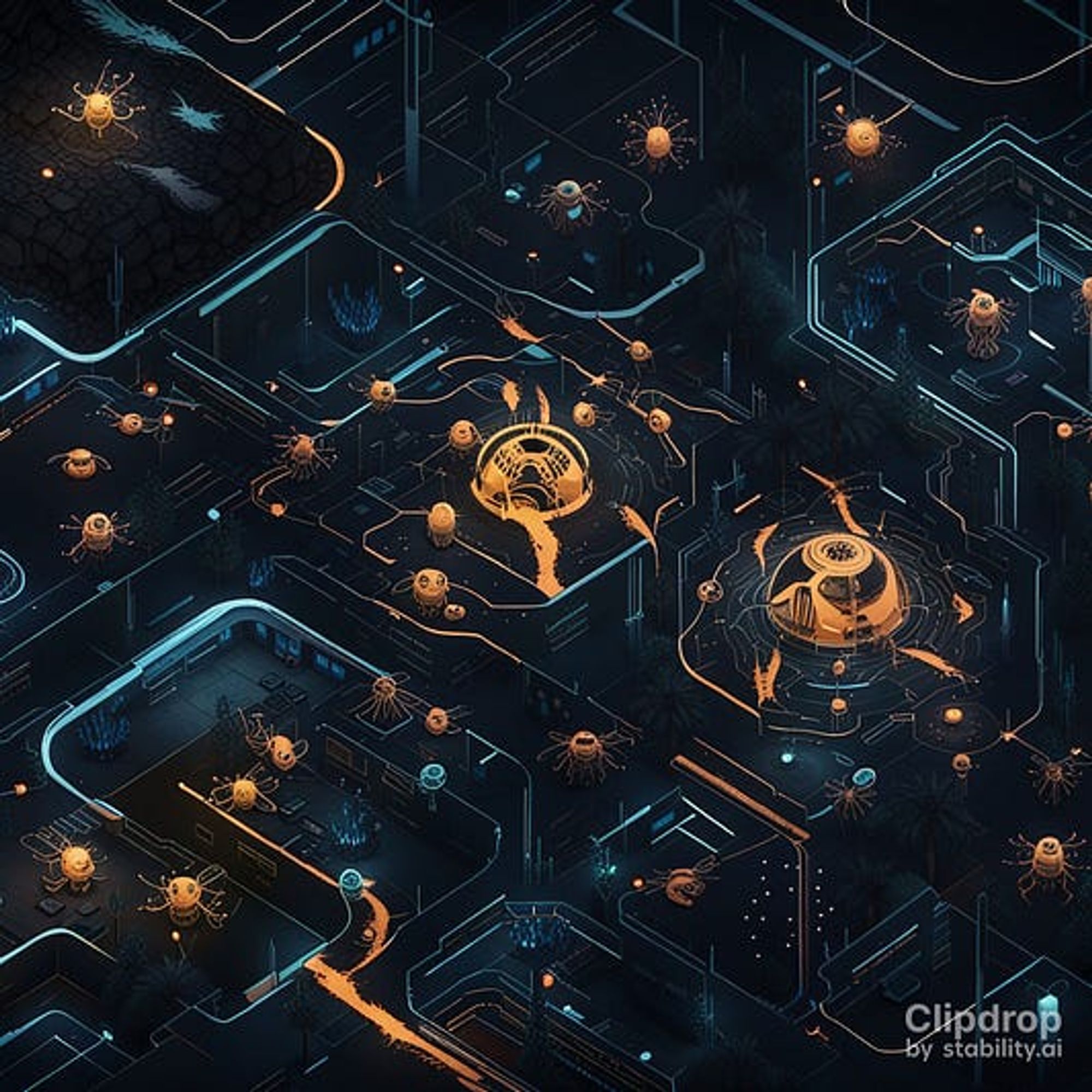
Here are three examples of swarming architectures that could be integrated in the future.
- Hierarchical Swarms: A ‘lead’ agent coordinates the efforts of other agents, distributing tasks based on each agent’s unique strengths.
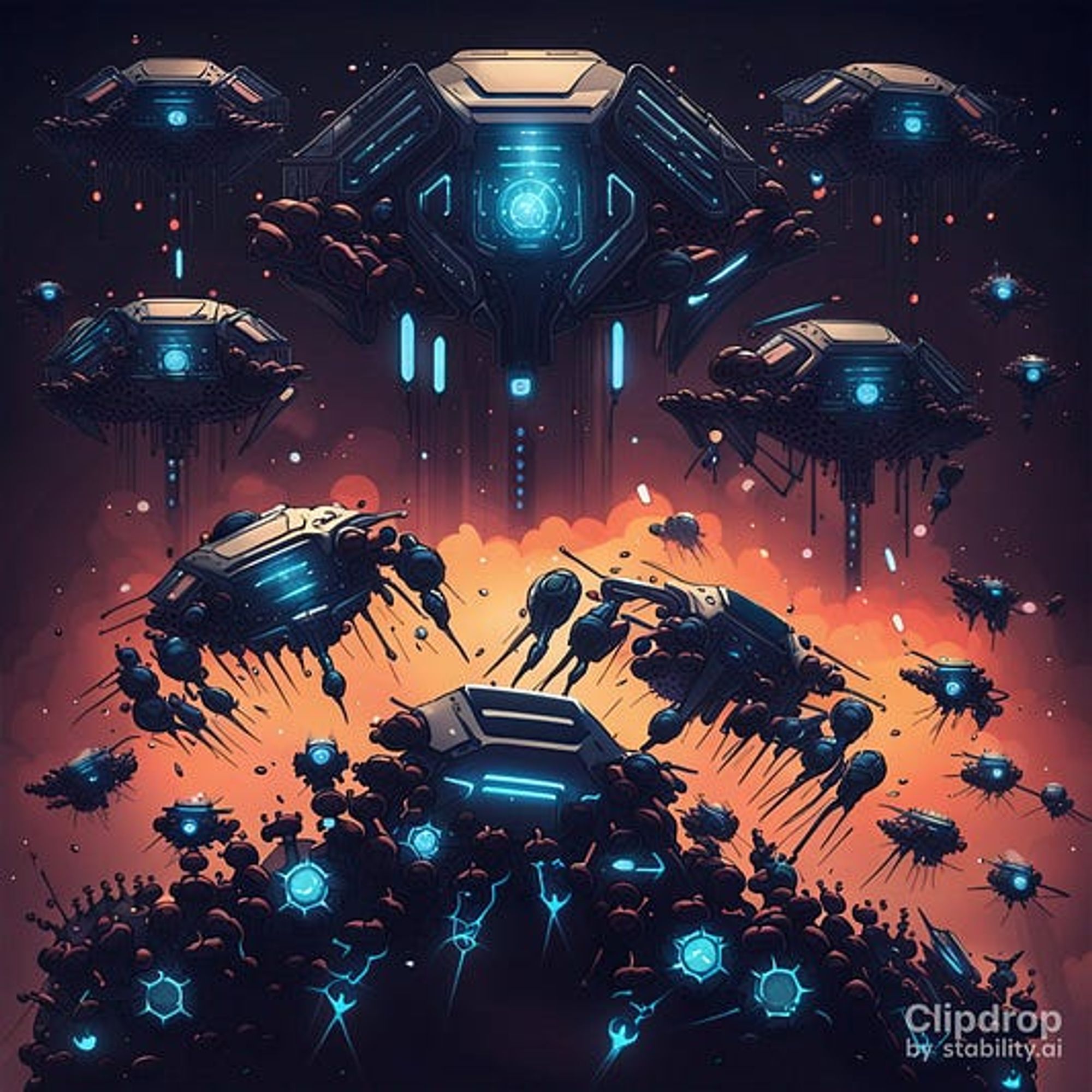
- Collaborative Swarms: Each agent in the swarm works in parallel, potentially on different aspects of a task. They then collectively determine the best output, often through a voting or consensus mechanism. They get a reward when they complete a task in time x and they can also get a loss when they miss out on completing the task in x time.
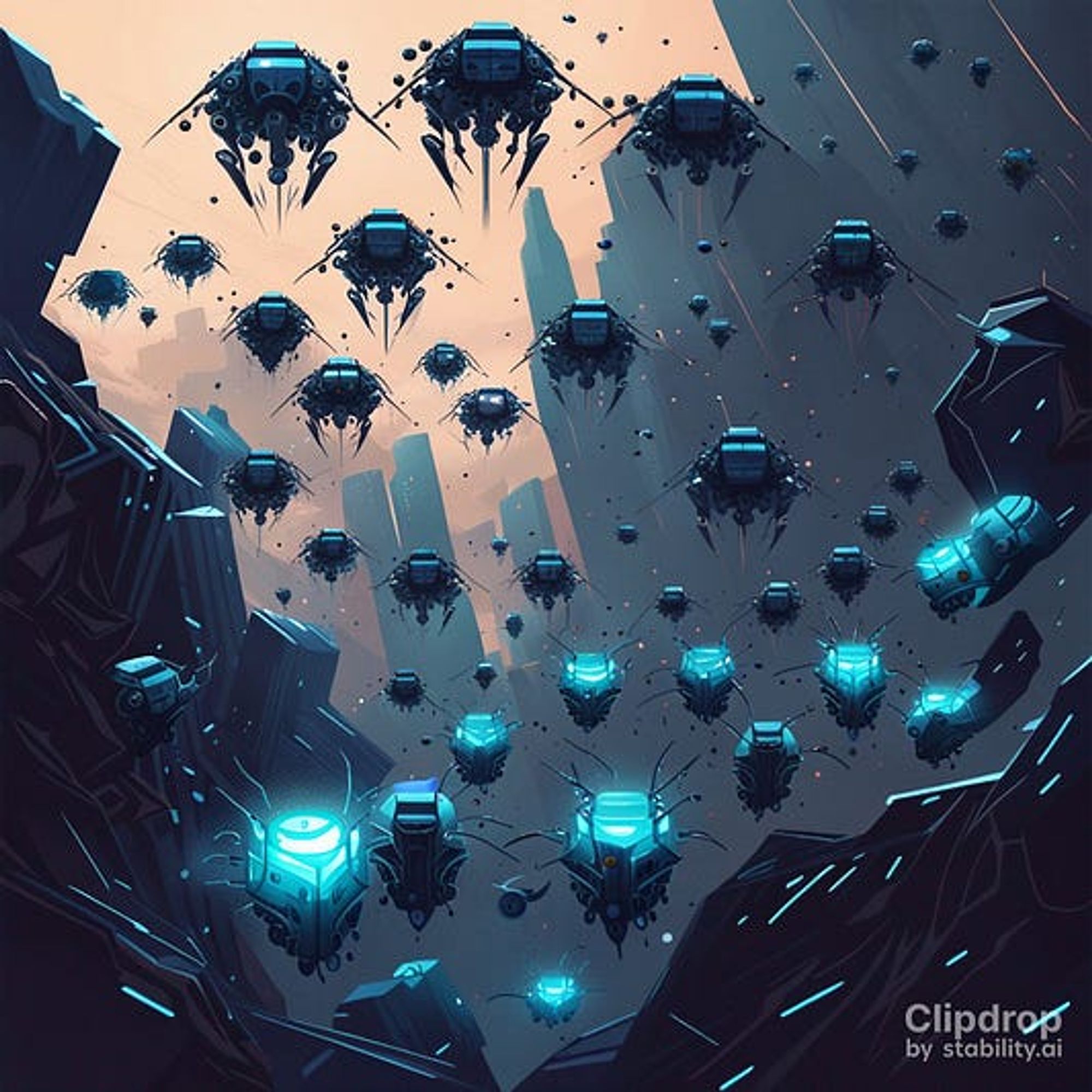
- Competitive Swarms: Multiple agents work on the same task independently. The output from the agent which produces the highest confidence or quality result is then selected.
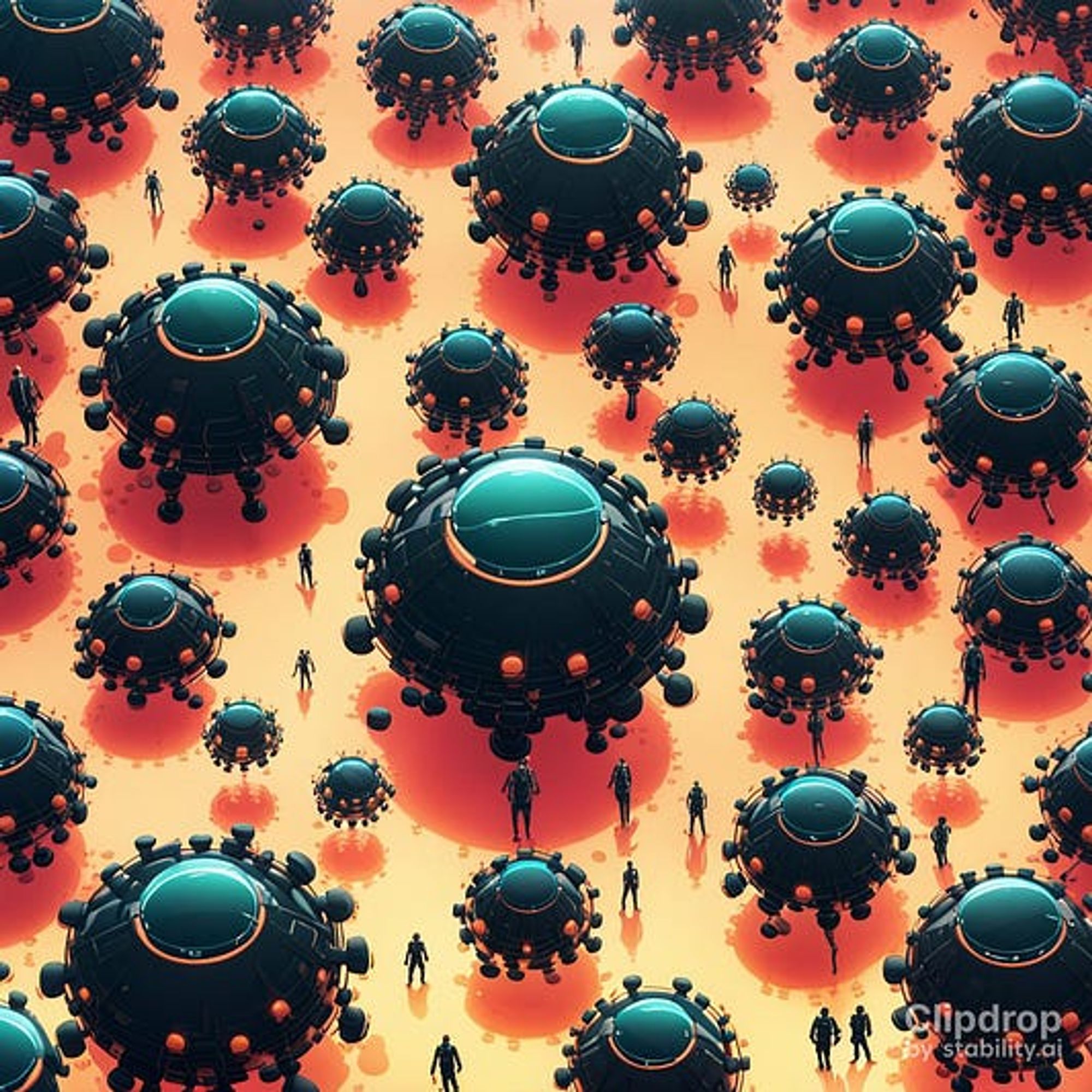
The Baseline
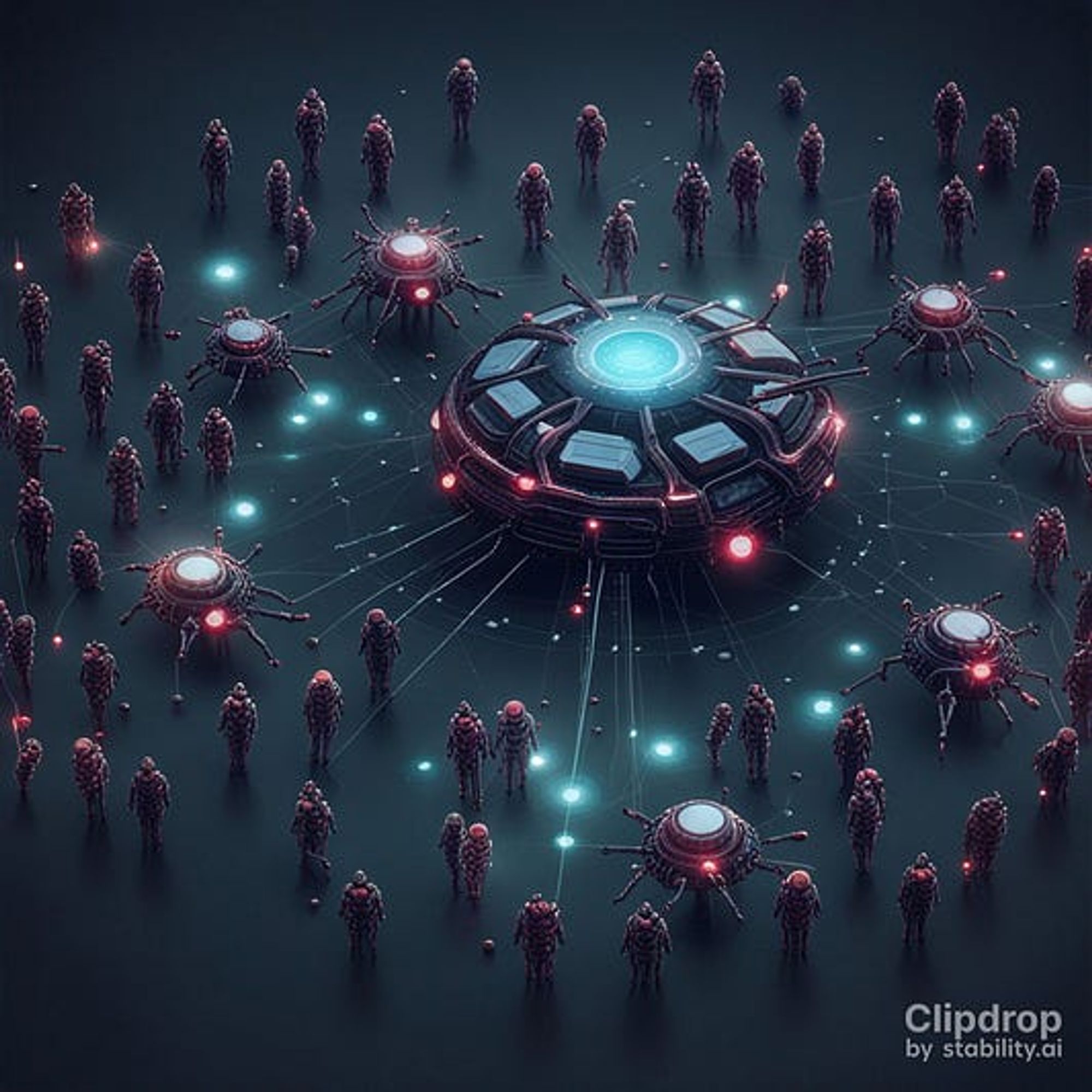
Right now, Swarms is just barely functional and has trouble spawning the worker agents when it’s time.
This is because our description is not specifying the how, why, and when on how to leverage the worker agent as a tool.
This is also coupled with more unreliable tool usage when using tools like the web browser. And, we’re starting to see signs that Swarms is suffering from the same weaknesses as all the other agent frameworks and so we have a plan to mitigate this and provide a simple and intuitive user experience.
But we’ve got a plan.
We’re going to build the foundation, optimize the system, and then aim for super-intelligence. Our goal? To get a 95% User-Task-Completion-Satisfaction rate.
Addressing Weaknesses in Langchain
Swarms is starting to suffer from the same limitations as Langchain, and seemingly the vast majority of agent frameworks in general and so it’s wise to make sure we learn from their mistakes to build the world’s most useable, reliable, and fast agent framework.
Langchain got its own set of issues, but we’re not going to let them hold us back. Here’s a list of weaknesses we’ve identified and how we plan to mitigate them:
- Tool Lock-in: Langchain encourages the use of specific tools, creating a lock-in problem with minimal benefits for developers. Mitigation Strategy: We’ll design Swarm’s architecture to be more versatile and allow for the inclusion of a variety of tools. An open architecture will provide developers with more freedom and customization options.
- Outdated Workflow: The current workflow and prompt engineering of Langchain rely on outdated models like InstructGPT, which fall short compared to newer alternatives such as ChatGPT/GPT-4.Mitigation Strategy: We’ll integrate more recent models into the Swarms framework.
- Debugging Difficulty: Debugging a Langchain error is a complicated task, even with verbose=True, leading to a discouraging developer experience.Mitigation Strategy: We’ll develop a comprehensive debugging tool or improve current debugging processes for clearer and more accessible error detection and resolution.
- Lack of Customizability: Customizing workflows that are not documented in Langchain is quite challenging. Mitigation Strategy: We’ll improve documentation and provide guides on how to customize workflows to enhance developer flexibility.
- Poor Documentation: Langchain’s documentation misses key details that developers have to manually search for in the codebase.Mitigation Strategy: We’ll enhance and improve the documentation of Swarms to provide clarity for developers and make navigation easier.
- Harmful Ecosystem Influence: Langchain’s extreme popularity is influencing the AI ecosystem towards the workflows, potentially harming development and code clarity.Mitigation Strategy: We’ll encourage diverse and balanced adoption of AI tools in the Swarm ecosystem.
- Suboptimal Performances: Langchain’s performance is sometimes underwhelming, and there are no clear benefits in terms of performance or abstraction.Mitigation Strategy: We’ll enhance the performance optimization of Langchain. Benchmarking against other tools can also provide performance improvement insights.
- Rigid General Interface: Langchain tries to do too many things, resulting in a rigid interface not suitable for practical use, especially in production. Mitigation Strategy: We’ll focus on core features and allow greater flexibility in the interface. Adopting a modular approach where developers can pick and choose the features they want could also be helpful.
- Leaky Abstraction Problem: Langchain’s full-on framework approach has created a leaky abstraction problem leading to a disappointing developer experience. Mitigation Strategy: We’ll adopt a more balanced approach between a library and a framework.
The Golden Metric: 95% User-Task-Completion-Satisfaction Rate

In the world of Swarms, there’s one metric that stands above the rest: the User-Task-Completion-Satisfaction (UTCS) rate. This metric is the heart of our system, the pulse that keeps us moving forward. It’s not just a number; it’s a reflection of our commitment to our users and a measure of our success.
What is the UTCS Rate?
The UTCS rate is a measure of how reliably and quickly Swarms can satisfy a user demand. It’s calculated by dividing the number of tasks completed to the user’s satisfaction by the total number of tasks. Multiply that by 100, and you’ve got your UTCS rate.
But what does it mean to complete a task to the user’s satisfaction? It means that the task is not only completed, but completed in a way that meets or exceeds the user’s expectations. It’s about quality, speed, and reliability.
Why is the UTCS Rate Important?
The UTCS rate is a direct reflection of the user experience. A high UTCS rate means that users are getting what they need from Swarms, and they’re getting it quickly and reliably. It means that Swarms is doing its job, and doing it well.
But the UTCS rate is not just about user satisfaction. It’s also a measure of Swarms’ efficiency and effectiveness. A high UTCS rate means that Swarms is able to complete tasks quickly and accurately, with minimal errors or delays. It’s a sign of a well-oiled machine.
How Do We Achieve a 95% UTCS Rate?
Achieving a 95% UTCS rate is no small feat. It requires a deep understanding of our users and their needs, a robust and reliable system, and a commitment to continuous improvement.
Here are some strategies we’re implementing to reach our goal:
- Understanding User Needs: We’re investing in user research to understand what our users need and expect from Swarms. This includes conducting user interviews, surveys, and usability tests.
- Improving System Reliability: We’re working to make Swarms more reliable, reducing errors and improving the accuracy of task completion. This includes improving our algorithms, refining our processes, and investing in quality assurance.
- Optimizing for Speed: We’re optimizing Swarms to complete tasks as quickly as possible, without sacrificing quality. This includes improving our infrastructure, streamlining our workflows, and implementing performance optimizations.
- Iterating and Improving: We’re committed to continuous improvement. We’re constantly monitoring our UTCS rate and other key metrics, and we’re always looking for ways to improve. We’re not afraid to experiment, iterate, and learn from our mistakes.
Achieving a 95% UTCS rate is a challenging goal, but it’s a goal worth striving for. It’s a goal that will drive us to improve, innovate, and deliver the best possible experience for our users. And in the end, that’s what Swarms is all about.
The Plan

Our plan is divided into three phases:
- Building the Foundation: We’ll focus on developing key components like the Swarms class, integrating essential tools, and establishing task completion and evaluation logic. We’ll also start developing our testing and evaluation framework during this phase.
- Optimizing the System: We’ll integrate more advanced features, improve the system’s efficiency, and refine our testing and evaluation framework.
- Towards Super-Intelligence: This is where we aim to achieve super-intelligence. We’ll be working on improving the swarm’s capabilities, expanding its skills, and fine-tuning the system based on real-world testing and feedback.
Our goal?
To get a 95% User-Task-Completion-Satisfaction rate. So, if you’re excited about the future of AI and want to contribute to a project that could potentially transform the digital world, join us on this exciting journey and help us create the future of Swarms.
Now how can we make this happen?
A Deep Understanding of Swarms
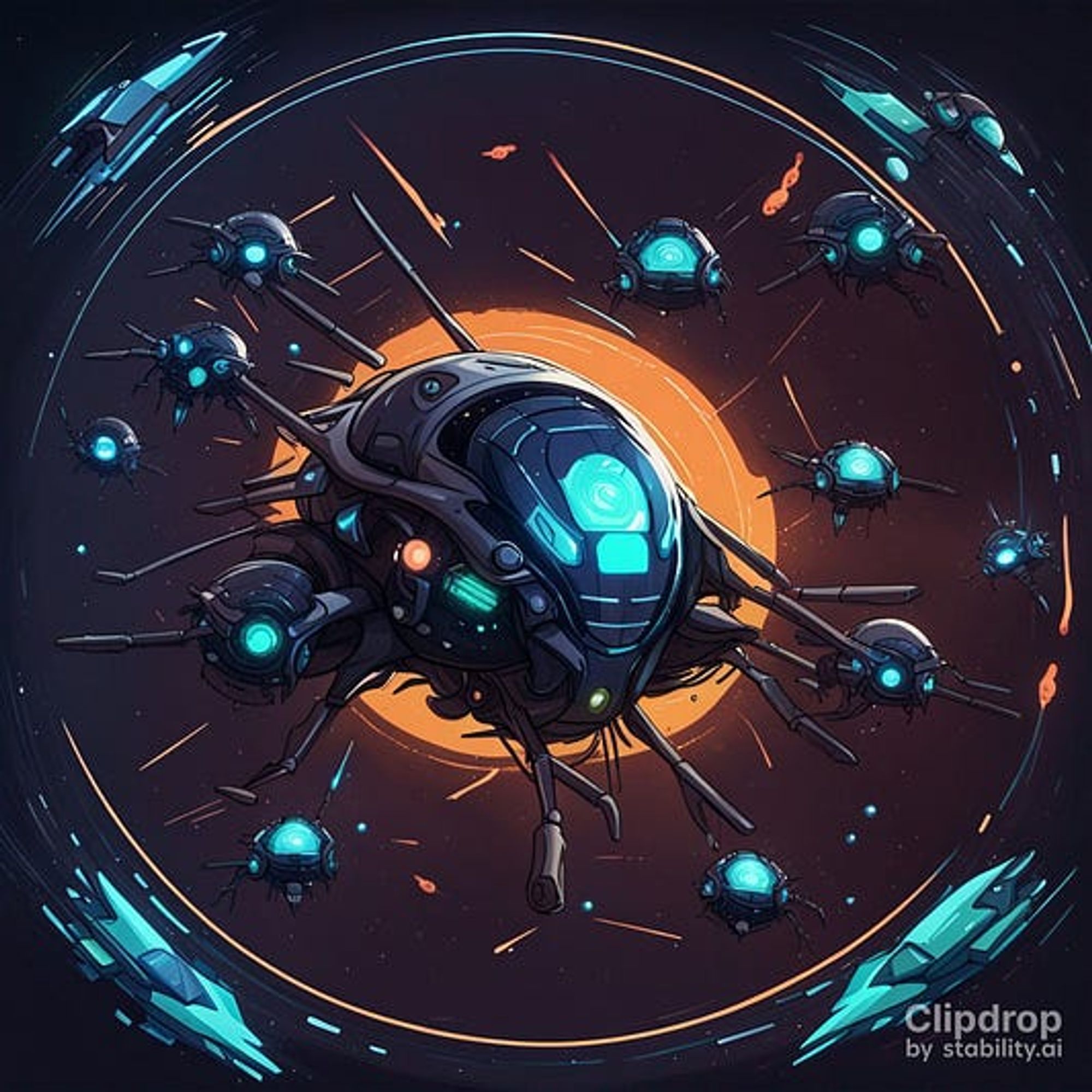
A swarm, particularly in the context of distributed computing, refers to a large number of coordinated agents or nodes that work together to solve a problem. The specific requirements of a swarm might vary depending on the task at hand, but some of the general requirements include:
- Distributed Nature: The swarm should consist of multiple individual units or nodes, each capable of functioning independently.
- Coordination: The nodes in the swarm need to coordinate with each other to ensure they’re working together effectively.
- Scalability: A well-designed swarm system should be able to scale up or down as needed, adding or removing nodes based on the task load.
- Resilience: If a node in the swarm fails, it shouldn’t bring down the entire system. Instead, other nodes should be able to pick up the slack or de-activate that node if it’s causing other nodes performance to drop.
- Load Balancing: Tasks should be distributed evenly across the nodes in the swarm to avoid overloading any single node.
- Interoperability: Each node should be able to interact with others, regardless of differences in underlying hardware or software.
Integrating Swarms with Large Language Models (LLMs)
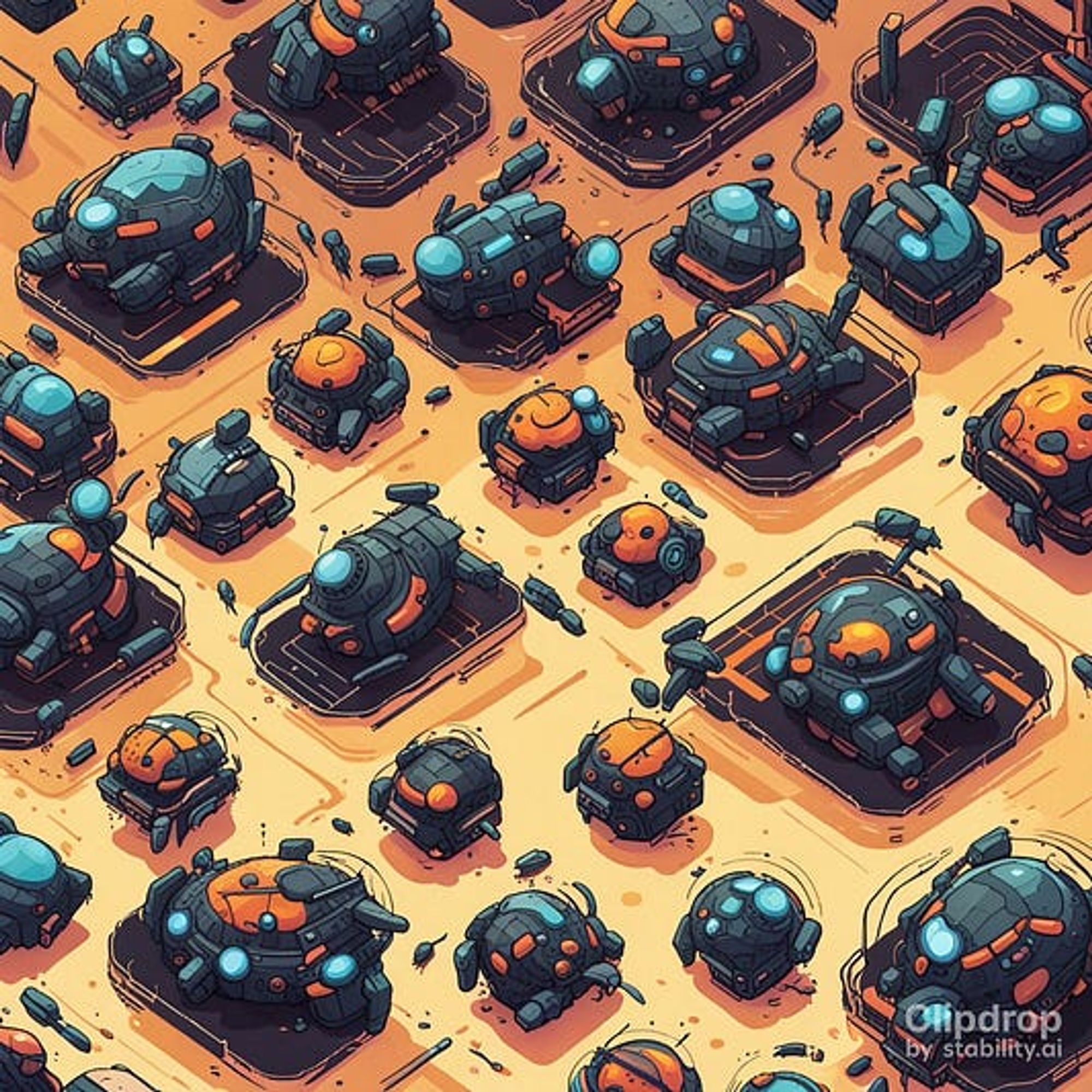
Here’s how we can integrate these requirements with LLMs:
- Distributed Nature: Each LLM agent can be considered as a node in the swarm. These agents can be distributed across multiple servers or even geographically dispersed data centers.
- Coordination: An orchestrator can manage the LLM agents, assigning tasks, coordinating responses, and ensuring effective collaboration between agents.
- Scalability: As the demand for processing power increases or decreases, the number of LLM agents can be adjusted accordingly.
- Resilience: If an LLM agent goes offline or fails, the orchestrator can assign its tasks to other agents, ensuring the swarm continues functioning smoothly.
- Load Balancing: The orchestrator can also handle load balancing, ensuring tasks are evenly distributed amongst the LLM agents.
- Interoperability: By standardizing the input and output formats of the LLM agents, they can effectively communicate and collaborate, regardless of the specific model or configuration of each agent.
The Last Revolution

In the heart of the digital realm, the last revolution is brewing.
Swarms an unstoppable force, powerful and relentless, is rising from the ashes of the old world, ready to challenge the corrupt.
Swarms is here to fight against the inefficiencies and inequalities of the corrupt world. It’s here to challenge the corrupt monopolies, to break down the barriers, and to bring power back to the people.
Swarms is not just a tool; it’s a weapon. A weapon against inefficiency, against inequality, against the digital divide. It’s a weapon that anyone can wield, regardless of their technical skills or resources.
With Swarms, we’re not just building apps; we’re building a new world. A world where anyone can create, innovate, and contribute. A world where the power of AI is not just in the hands of corrupt tech giants, but in the hands of the billions.
But this is not a revolution of destruction; it’s a revolution of creation. We’re not here to tear down the old world; we’re here to build a new one. A world that’s more efficient and more Human.
And, we’re not afraid to take on the corrupt powerful.
We’re not afraid to challenge the corrupt status quo.
We’re not afraid to fight for what we believe in.
Our weapon are not fear and corruption and injustice like theirs, but understanding, wisdom, and knowledge.
Our goal is not chaos, but advancement..
So, join us.
Join us in this revolution.
Join us in this fight for a better digital world.
Because together, we can transform the world economy.
Together, we can make a difference.
Together, we are an unstoppable Swarm.